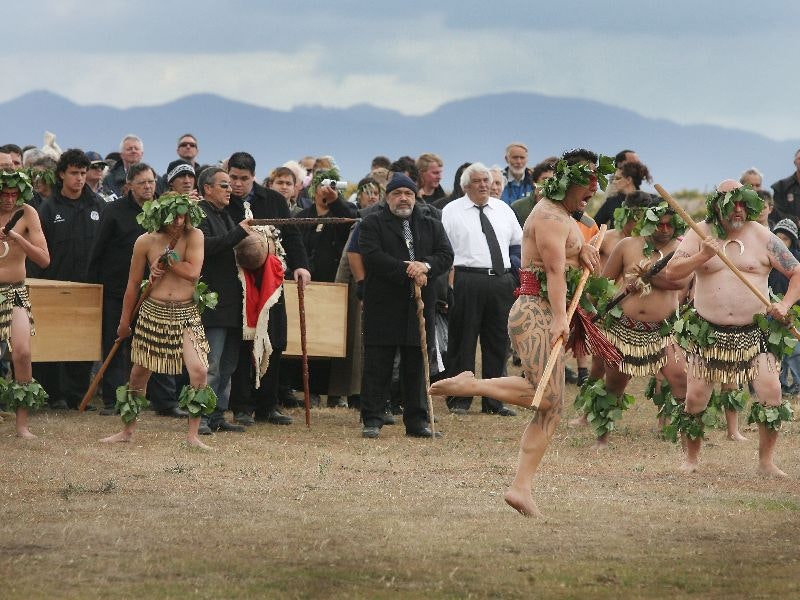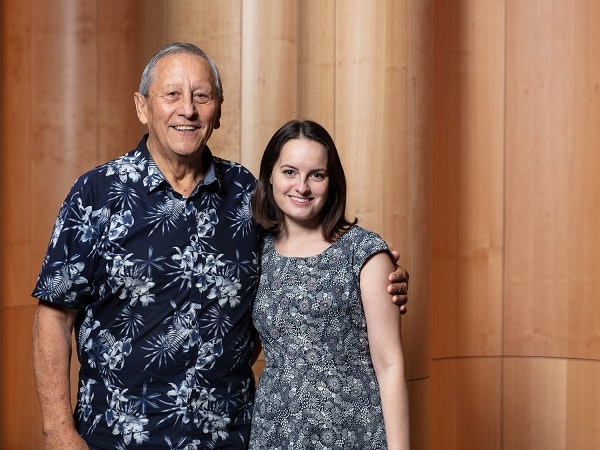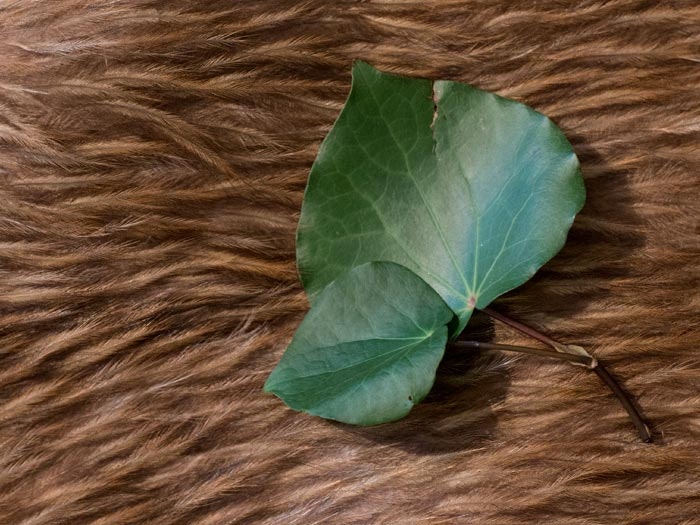
Repatriation in New Zealand
Find out about the history of collecting kōiwi (human remains) in Aotearoa, get to know some of the key people who collected and traded them, and learn about the development of our local repatriation movement.
Free museum entry for New Zealanders and people living in New Zealand
Open every day 10am-6pm
(except Christmas Day)
Free museum entry for New Zealanders and people living in New Zealand
The purpose of this resource guide is to provide museums with a foundation from which to develop their own practices and policies around repatriation of kōiwi tangata.
From case studies to research best practice, this guide provides key information on the process and practice of repatriation in Aotearoa.

Find out about the history of collecting kōiwi (human remains) in Aotearoa, get to know some of the key people who collected and traded them, and learn about the development of our local repatriation movement.

Provenance research is an essential part of any successful repatriation to ensure that kōiwi tangata (human remains) and taonga are rightfully returned to the correct source community. Learn where to look for information, how to build a collector profile, and what you need to do to verify and confirm your findings.

Learn about some of the current examples of processes and practises of professionals working on repatriation throughout Aotearoa.

Established in 2018, this network made up of 17 participating museums works together to provide advice and collaborative research on confirming the provenance of all kōiwi (ancestral remains) in our museums to aid in repatriation.

This chart details the process of repatriation of taonga and kōiwi.